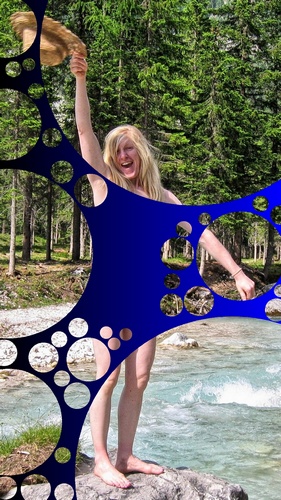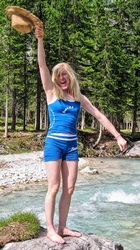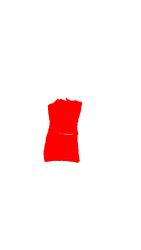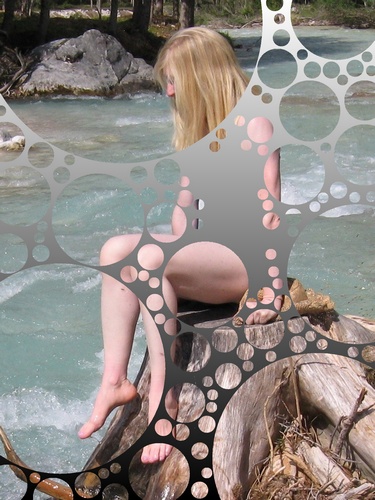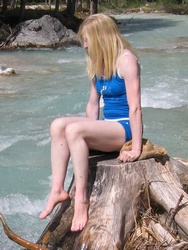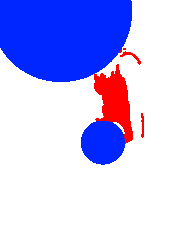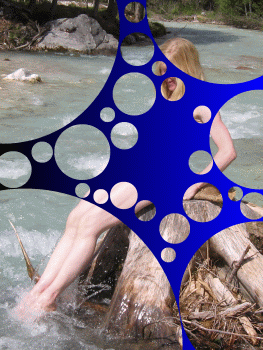(Last updated: 18/05/20)
BubbleRand - A command line driven photo bubbler
This was mostly an excuse to play a bit with the
Python Image Library (PIL). Now for some samples - thanks to my friend Manu for allowing me to use some photos of her. Here's an image generated using just a simple mask. Red pixels marks the zones that should not show:
It's also possible to use the blue color to ensure that some zones will show:
Here's an Animated GIF created assembling 6 different frames:
A look to all the different options and some notes:
The only needed parameter is the source image file (in any usual format). If the mask name is omitted, it's assumed to be a PNG file, with the image name + "_mask". If the "-f" switch is used to create many frame, a 5 digit counter is added just before the file extension. The "-s" switch is used to get better quality results when dealing with low res images. Or can be less than 1 to speedup the calculations. The option to use bigger bubbles is useful when the images have large areas that should remain hiddens, as small bubbles will tend to show the outline of the mask. It's possible to specify an output filename; the format will be determined automatically by the file extension. When creating gradients, it's possible to use any color string recognized by PIL, like "yellow", or "#ffff00", etc. To quickly show the results (if only one image is created), use the "-d" switch. N.B. Need Python 3.x installed. GUI versionFor anyone interested, Stefano Panzeri have derived a GUI version. You can find it at his homepage. Download
BubbleRand v1.12, 2KB ZIP
|
